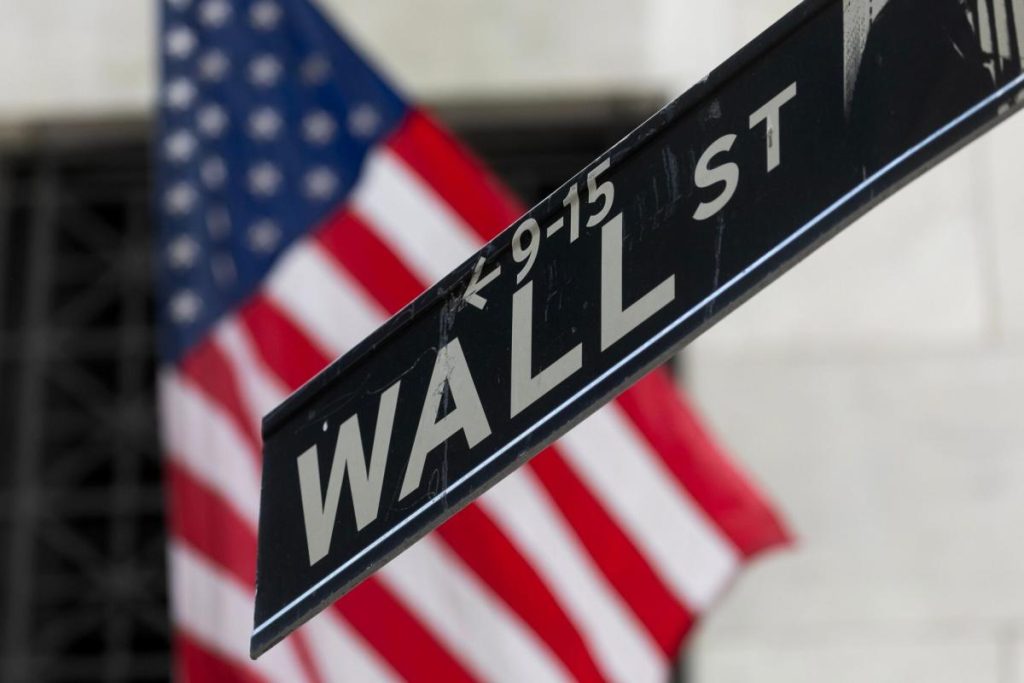
(Bloomberg) — Here’s a surprising new fact about the world’s largest and most-liquid public equity market: Most of the activity on it isn’t public anymore.
Most Read from Bloomberg
For the first time on record, the majority of all trading in US stocks is now consistently occurring outside the country’s exchanges, according to data compiled by Bloomberg.
This off-exchange activity — which happens internally at major firms or in alternative platforms known as dark pools — is on course to account for a record 51.8% of traded volume in January. Barring an unexpected dip, it will be the fifth monthly record in a row, and the third month running that hidden trades make up more than half of all volume.
In other words, the shift “appears to be developing into a longer-term trend and quite possibly a permanent one at that,” Anna Ziotis Kurzrok, head of market structure at Jefferies, wrote in a note to clients this month.
Off-exchange trading has been a growing feature on Wall Street for years, but until now public venues including the New York Stock Exchange and Nasdaq have retained overall dominance of market activity. That’s important because exchanges display the quotes that most participants use to price stocks.
The shift toward off-exchange trading is the culmination of a years-long trend, which if it continues could eventually have implications for how the market functions, according to Larry Tabb, head of market structure at Bloomberg Intelligence.
“Theoretically the more trading that goes off-exchange, the fewer orders there are on-exchange competing to determine the best price,” he said. “This means the pricing on and off-exchange could get worse.”
The Securities and Exchange Commission has in recent years taken steps to try to push more activity back on-exchange by revamping market structure. Of four proposals made by the SEC, only two rules — that tweak the way stocks get priced and trades are executed on and off-exchange — were ultimately passed.
For now the threat to market efficiency remains a distant concern, with 48.2% of trades in January still happening on-exchange. Instead, the change is perhaps more useful as an indicator of the evolving market landscape.
Kurzrok at Jefferies notes that the surge in off-exchange activity corresponds with increased volumes in stocks worth less than $1, which are typically traded by retail investors. That makes sense, since that business is often handled internally by market-making giants like Citadel Securities and Virtu Financial.
